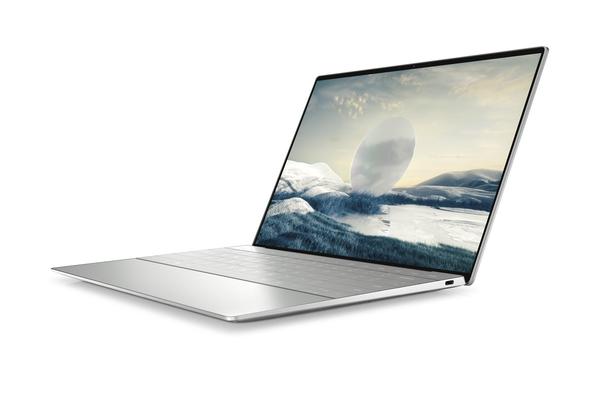Can I upgrade the RAM on the Dell XPS 13 Plus?
Buying a new laptop can be very expensive, especially with a premium device like the upcoming Dell XPS 13 Plus. It’s great to have a computer that’s easily upgradeable, because it lets you save money by buying a lower configuration at first so you can invest in some upgrades later. With laptops, it’s usually the RAM and storage that you might want to upgrade. But with a thin laptop like the Dell XPS 13 Plus, you unfortunately can’t upgrade the RAM later on.
That’s because the RAM is soldered onto the motherboard, which is common for thin laptops like this. Slotted, upgradeable RAM takes up more space, and soldered RAM can also be more power-efficient. To be fair, the Dell XPS 13 Plus gives you the option to get up to 32GB of RAM, which is a lot. We’d argue most people don’t need more than that. But if you’re still unsure of how much RAM you need, we’re here to help.
XDA-Developers VIDEO OF THE DAYHow much RAM should you get with the XPS 13 Plus?
There are three configurations available for the Dell XPS 13 Plus’ RAM. You can get 8GB, 16GB, or 32GB, with all configurations supporting dual-channel memory. That means your PC can access more of that RAM more quickly, so it can help significantly with performance. Plus, this is brand-new LPDDR5 RAM, a potentially big upgrade from the LPDDR4 modules that were used last year. This is one of Dell’s best laptops, so it’s getting very high-end components.

How much RAM you need just depends on what you do with your laptop. 8GB is often considered the bare minimum nowadays if you want to have a truly good experience. With 8GB of RAM, you can do web browsing, watch movies, work on documents, and even do things like photo editing without much of an issue. Some problems may start to arise if you want to do all of that at the same time, especially with a ton of browser tabs open.
16GB is likely the sweet spot for most users. With this much RAM, your Dell XPS 13 Plus will be able to handle just about any kind of day-to-day task like we described above, and it’ll be much better at multi-tasking. If you want to open a dozen browser tabs while editing an image, you can, and it won’t be an issue. At this point, you can even get into some video editing or maybe work on some decently large coding projects.
The 32GB tier is for the most demanding users out there. It’s no longer about just running the normal apps most people use, but it allows you to work on complex projects and large databases where all that data can be loaded onto the RAM. Whether it’s coding projects, working on Microsoft Access databases (or some more niche cases like translation databases), or editing very large images with multiple layers, that’s where 32GB of RAM may come in handy. It also ensures that your laptop is future-proofed for a long time.
You have to weigh the cost and the benefit of getting a higher RAM tier. As we’ve already said, 16GB is probably the sweet spot for most users. When you’re already spending this much on a premium laptop, getting 16GB of RAM ensures you’re getting an experience that feels premium. If you have a workload that requires 32GB of RAM, then you probably already know you need that much.
If you’ve made your mind up and you’re ready to buy the Dell XPS 13 Plus, you’ll have to wait just a little bit. It’s not available to buy just yet, but Dell says it’s coming sometime this spring. We’d expect it in the next few weeks, as many laptops powered by Intel’s new P-series processors are coming soon. If you want to buy a new laptop right now, we do have a list of the best laptops you can buy today.
If you do want to wait for the Dell XPS 13 Plus, you can check it out below. It may have become available since we wrote this article. If you do end up buying it, you may want to consider checking out the best docks for the Dell XPS family, seeing as the XPS 13 Plus only has two Thunderbolt ports.








